“At all times, technological and historical circumstances occur that determine a way of making art. The artist’s responsibility is to give meaning and content to the concept of art according to its time”, is the phrase by Diana Aisenberg that Mirta Córdoba chose for explain the role of their vocation in society. Hers and hers mates, the current ones and those who no longer live, those who founded the team in the province and those who moved. In their own way, they all contributed to “give meaning” to what they had to go through.
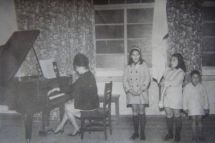
The Neuquén Association of Plastic Artists celebrates its 50 years of life in 2023. And they proudly highlight it because many organizations did not have the same luck, to endure despite the dissidences, the stages of life, the support, control or absence of the State. All for the necessary link with whoever comes to observe and identify with what is created, whether it be on a canvas, the wall for a mural, the base of a sculpture or the sheet smudged with charcoal.
“In the ’70s we worked a lot because at home we formed what is today ANAP (…) From there the Student Hall of the Provincial School of Fine Arts and the First Patagonian Biennial of Plastic Arts were born.” recalled Elena Lapuente in a series of interviews for the magazine specialized in history “Más Neuquén”.
Together with Elena as secretary, the first commission was formed in 1973 with Jorge “Tito” Gueijman (president); Noemí “Mimi” San Agustín (alternate); Beatriz Bollatti (substitute secretary); Elba Elissetche (treasurer), Marta López (alternate treasurer); Sara Lauría (account reviewer) and Emilio Saraco (alternate account reviewer). They were accompanied by Luis Castilla, Matilde Novelli, Susana Lehman, Carmen Oliveto, Beatriz Biló and Charo Phillips, among others.
“At that time there were no exhibitions, no salons, no museums, no organized activity for artists or where artists could exhibit something,”
recalled Lapuente in that dialogue. So they decided to create it.
“A very intense political and social climate”
Neuquén as a province and its capital in particular, were going through years of great movement. In dialogue with RÍO NEGRO, the graduate in History Graciela Boschilisted events such as the inauguration of the Airport International (1971), the opening of the Polyclinic OK (Neuquén Association of Social Works), the creation of the “Eugenio Perticone” Industrial School, today ENET N°8and the transfer of the Superior School of Tourism to the National University of Comahue, the latter formalized in 1972.
The press, for its part, registered the founding of his union in 1970, the year in which it began to be published the newspaper “South Argentina”. For some time there was also representation from the Association of Journalists of Neuquén. The daily work accounted for a very intense political and social climate, “in which the worker protests construction, fruit and students, among others”, according to reviews the book “Journalism and Journalists in Comahue”. For those months, he denounced the uprising of “Telesíntesis”, the newscast local hosted by Abraham Tohmé on Channel 7 and in turn the layoffs of the workers who produced the “Reportevé” broadcastwhich came out through the same air signal.
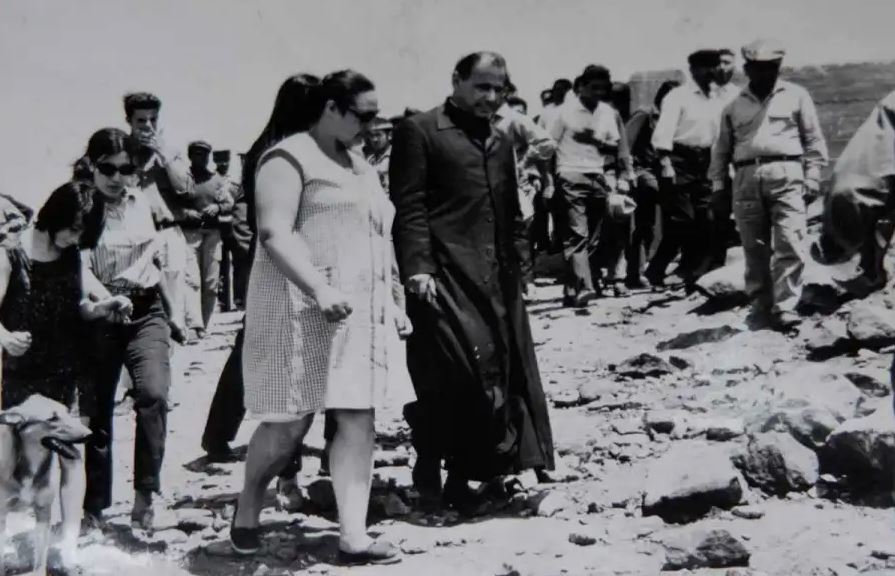
Regionally, since 1967 the El Chocón – Cerros Colorados dam was being builtinaugurated in 1973, with two powerful worker strikes in between (El Choconazo), against the company Hidronor, due to poor working conditions, with eight workers dead and several mutilated. In the middle, the Catholic Church, with Bishop Jaime de Nevares himself as a reference, he was looking for a way to defend the rights of the most disadvantaged. The capital’s population had grown rapidly, Boschi added: it happened from 45,140 inhabitants in 1970, to 92,047 in 1980, especially favored by immigrants from the coast and the humid Pampas. In this scenario, ANAP sought to raise awareness and exercise, despite the lack of resources.
In the political sphere, the MPN already existed since 1961headed by Felipe Sapag, with whom he became government in 1963. The territory had been recognized as a province a few years earlier, but military coups prevented the continuity of the government constitutional. While ANAP was being created, Sapag returned to power, together with Antonio Del Vas, until the 1976 dictatorship again interrupted his mandate.
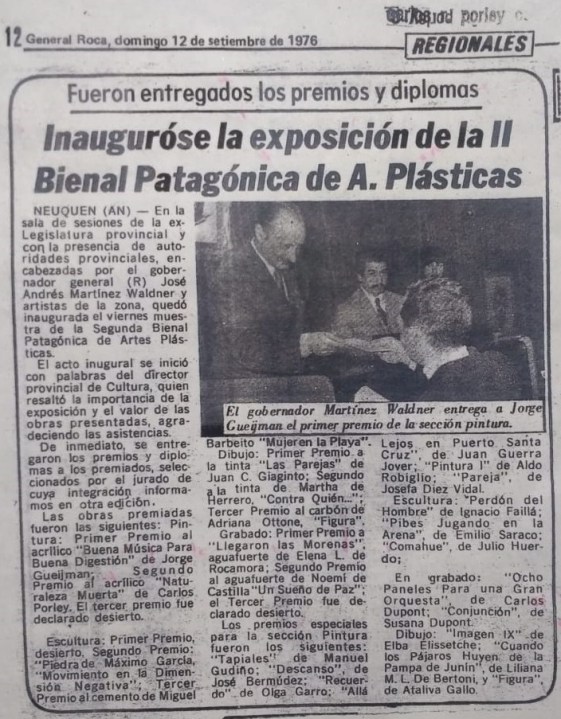
In this aspect, “Mimi” San Agustín, visual artist and founding member of the Association, brought back shocking memories. Although he did not have a political militancy, he suffered from the control of the security forces that was imposed in the region. He now resides in Madrid, Spain, from where he spoke with RÍO NEGRO.
“We were all people with families, we were afraid, sure, but there were no threats,” Noemí described her group. Still, he acknowledged that a work was confiscated from one of them, with geometric shapes, arguing that one of the figures resembled someone with a bass drum. The soldier who saw it on display considered it ‘subversive’.
“Most we moved in an opposition of another type, neither for nor against”, he stressed, but to feel the intimidation it did not take much. Mimi lived in an apartment on Avenida Argentina, near the Command, when the civic-military dictatorship was already installed. One Saturday night, when she was at her home after going to the movies, suddenly he began to hear shots:
“We saw through the bathroom window, there were soldiers crouching on the avenue, while a neighbor was walking eating ice cream. They shot to have you ‘scared’”,
the woman was indignant when she remembered it.
Faced with situations like this, stopped working at Rocawhere he taught, for avoid driving on the road at night. “They stopped you in the middle of the road, with weapons, and we already knew it: the car didn’t have to stop the engine, we had to put the gear in first gear and lower our heads,” he said, disturbing the conversation with his story. .
The precariousness of their sources of employment as artists and teachers, the lack of economic recognition for their work, made them have to search for them. They defined themselves as “taxi teachers”, exercising in municipal workshops, along the Alto Valle, on one side and the other of the highway bridge. “We would go to Roca on Monday and Wednesday, Allen or Plottier on Tuesday and Thursday, and we passed cars on the road (…) we started no contract, coldin huge sheds, they put the trestles around a stove fed with fuel oil, in night courses, “he said.
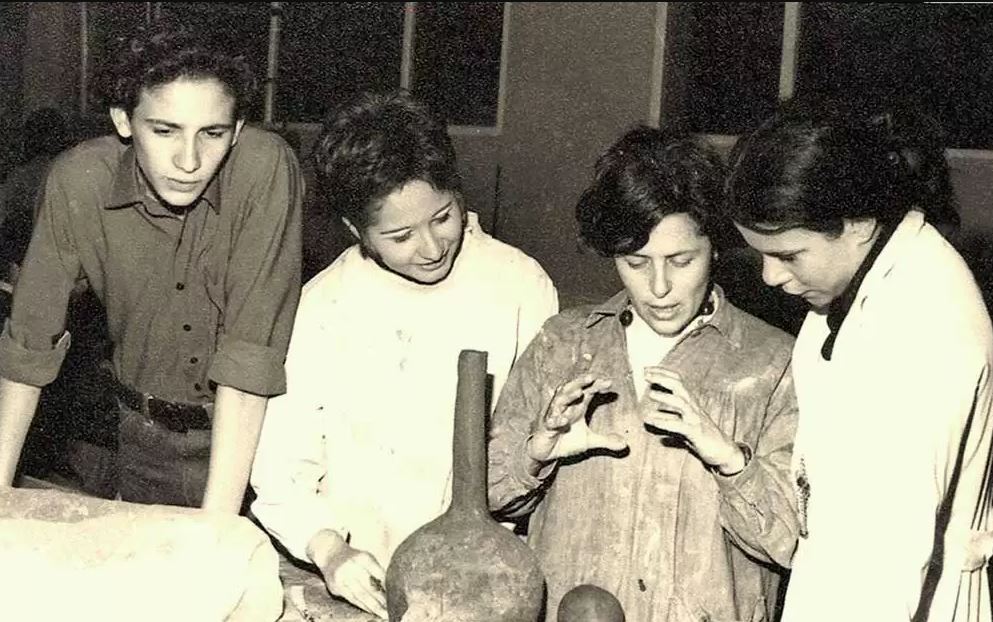
A law for the Cultural Industries
The processes that followed after that complex start in 1973 were not easy either, both internally in the team and in raising awareness in society. But ANAP managed to insert itself and consolidate its trajectory.
Since those marches in which accompanied the mothers of Plaza de Mayo or the times they participated in the masses of De Nevaresto the auctions of works for the benefit of children with disabilities or the cooperative dCastro Rendon Hospitalalso promoted the diffusion of emerging artists, emerged from the School of Fine Arts. They supported Fasinpat and even encouraged residents of the city to express themselves, as in the case of patients in Palliative care. Thus, with the passing of the years they narrowed ties with more than 30 institutions region of.

At the moment manage the visual arts workshop room of La Conrado Cultural Centerknown as “El Triángulo”, which awaits the end of its remodeling, to recover the time and the meetings that the pandemic prevented them from having.
A project presented this 2023 in the Legislature Neuquén, comes to try to overthrow the economic problem, installed for so many years. They seek to “develop the potential of the creative and cultural sector, generating conditions for sustainability of the industries, institutions, organizations and people that make it up”, according to the letter. They range from visual arts and music, to gastronomy, design and videogames.
ANAP awaits treatment and sanction, to establish national tax benefits and create a fund contemplated in the budget, together with a Unique Registry in which exponents can register to apply for access to benefits. In this sense, they propose form the “Agency of Industries Cultural and Creative of Neuquén”, as application authority.
“This charitable institution brings together artists from Neuquén without distinction of career or personal recognition”. With this premise they continue to bet, 50 years after the first act, signed on May 12, in that house on Almirante Brown street where it all began.
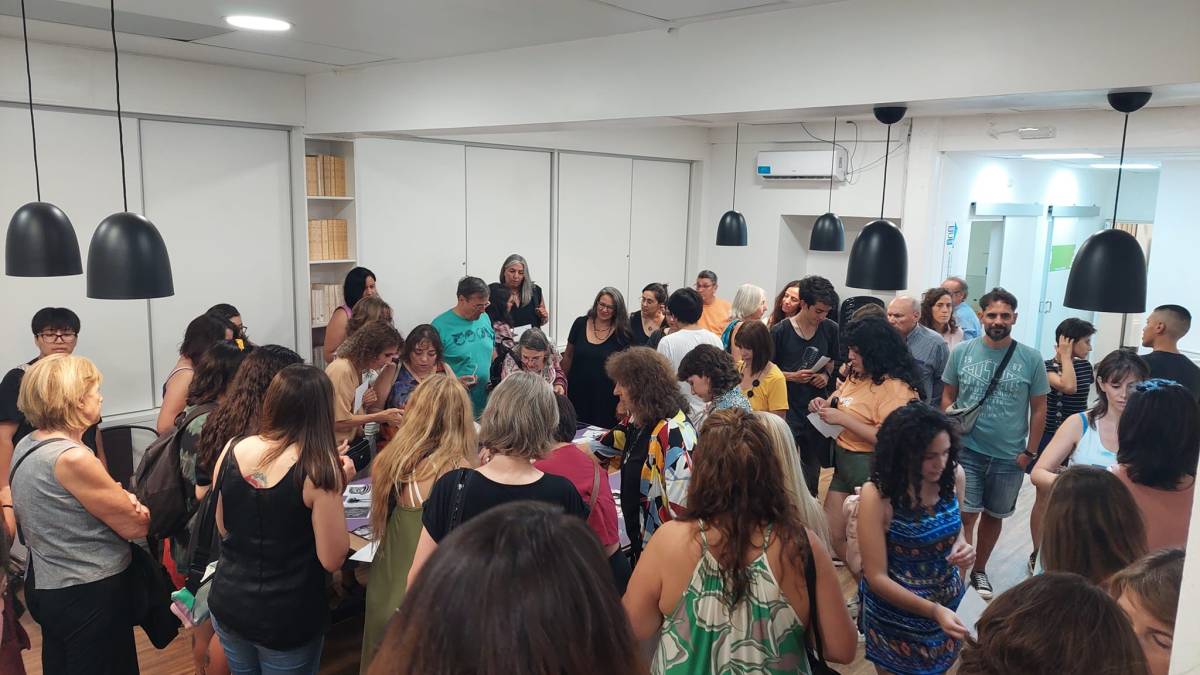
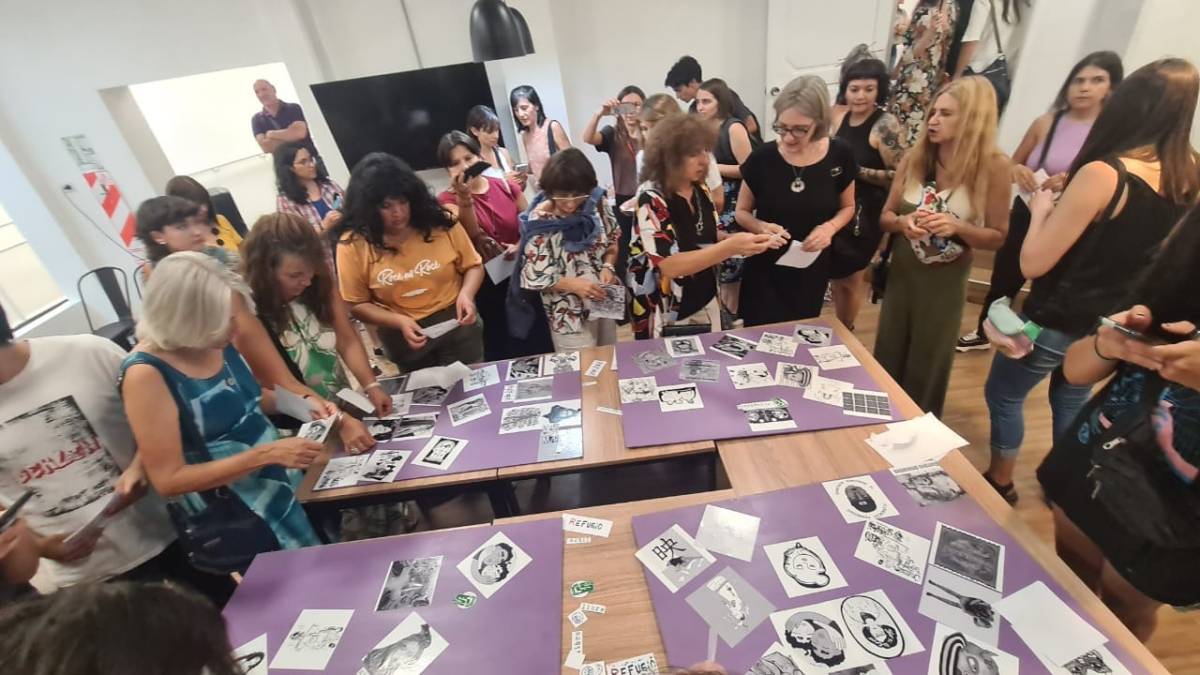
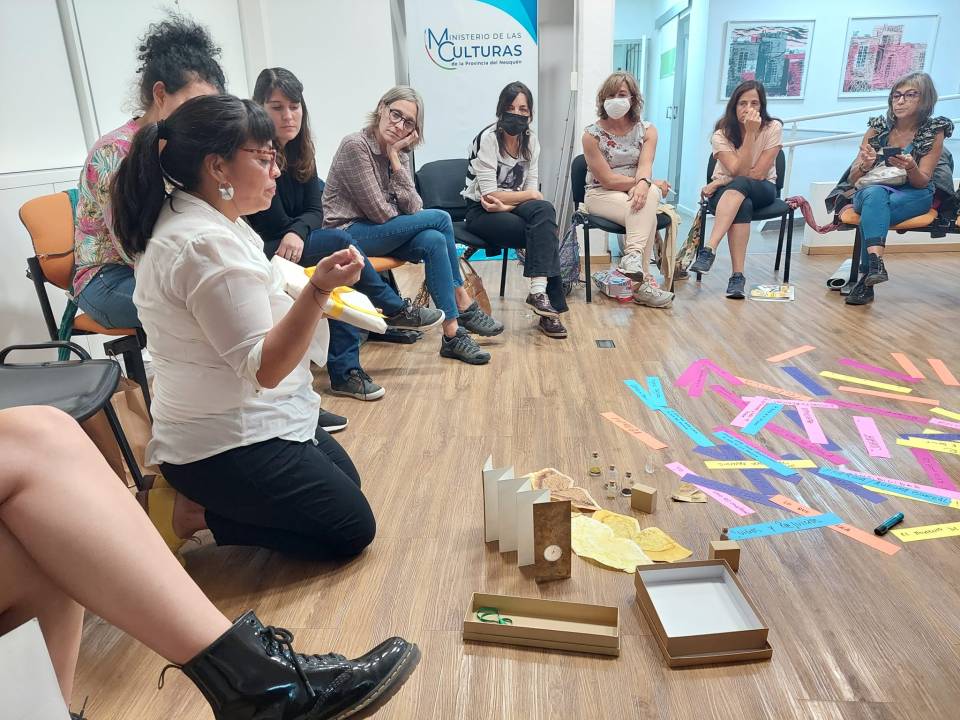
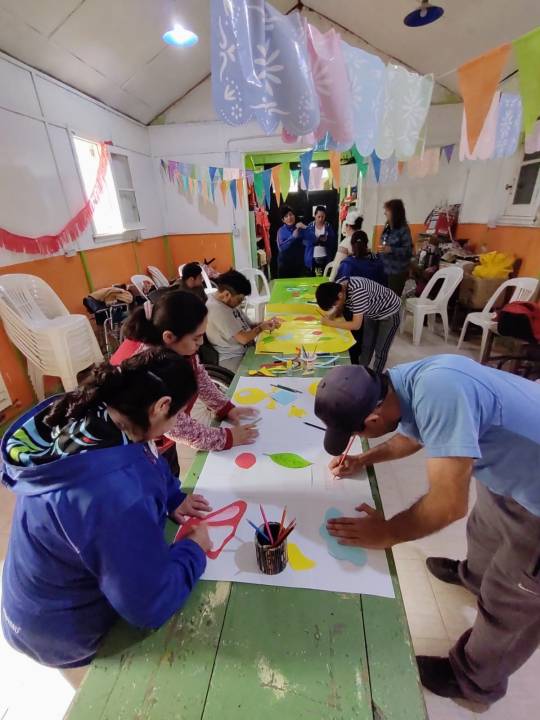
To comment on this note you must have your digital access.
Subscribe to add your opinion!
Subscribe
